The loneliness of conspiratorial thinking
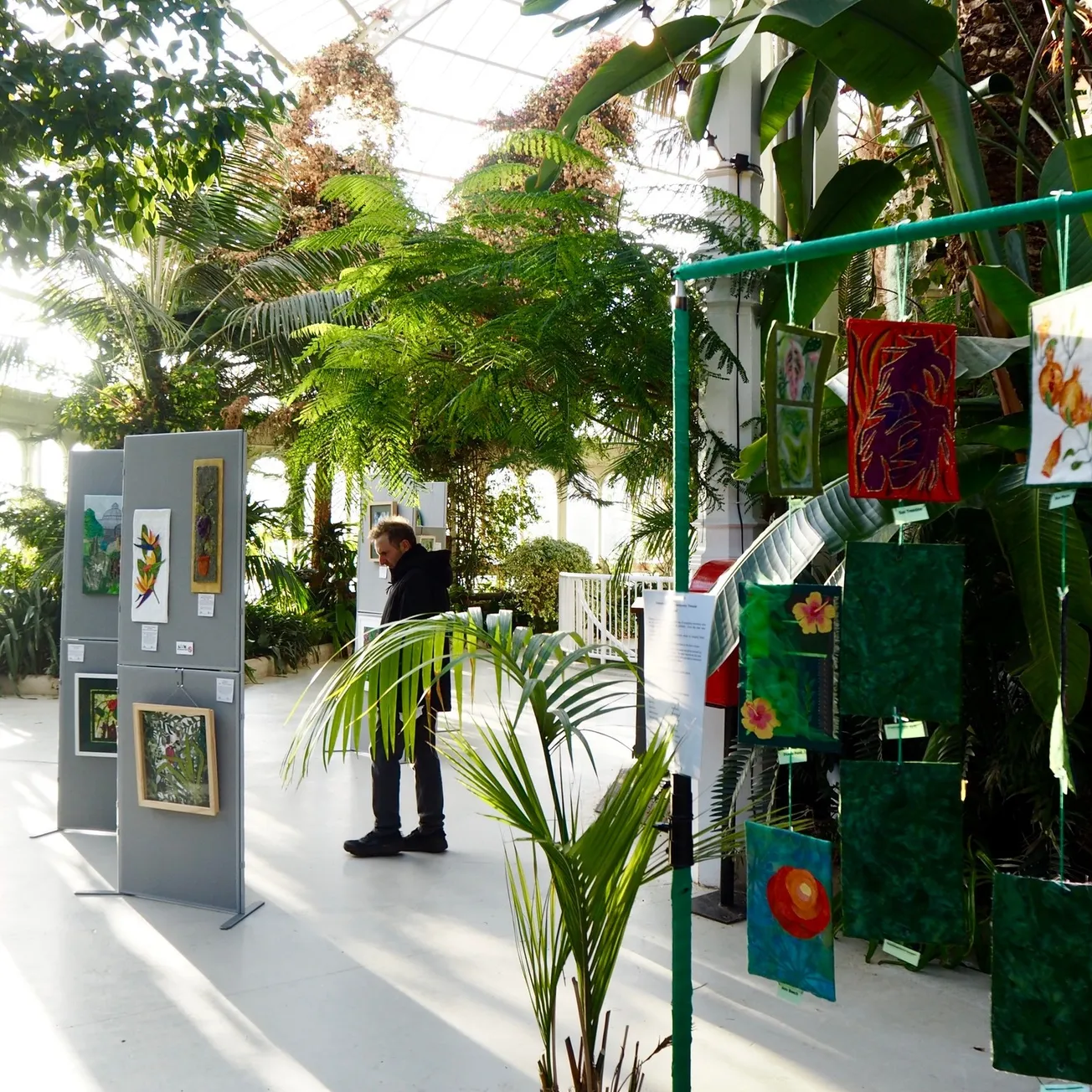
Reactions to our weekend read, plus the rest of the briefing
Dear readers — today’s briefing looks at the discussion around our weekend read, which was a fascinating insight into the dangers of falling into conspiracies. Read that piece here.
Last week we published an interview with the new management at the famous old Epstein Theatre on Hanover Street. We also published an edition with news of a report into child sex abuse cases in St Helens and a long read about a Bootle man who is one of the last remaining barrel-makers. Thanks to Ethan James Carroll for this lovely message about the story:
I found the piece on Les to be so insightful. I’ve grew up in Bootle all my life and walked through that area many a time and not once did I know a cooperage was there. Thanks for sharing this!
Those two stories are members-only — sign up below to read them and get our members-only stories this week in your inbox.
☁️ This week’s weather

The loneliness of conspiratorial thinking
This weekend, we published a long read by Harry Shukman about Lewis, who set up an anti-vaccine activist group called Merseyside Resistance when the pandemic started. It now has 400 members. Lewis talked about his lifelong interest in conspiracy theories and his previously-held convictions that Covid was a hoax and vaccines were poisonous. “When you have a boring life and are stuck in a boring job, it can be very exciting to read these things,” he said.
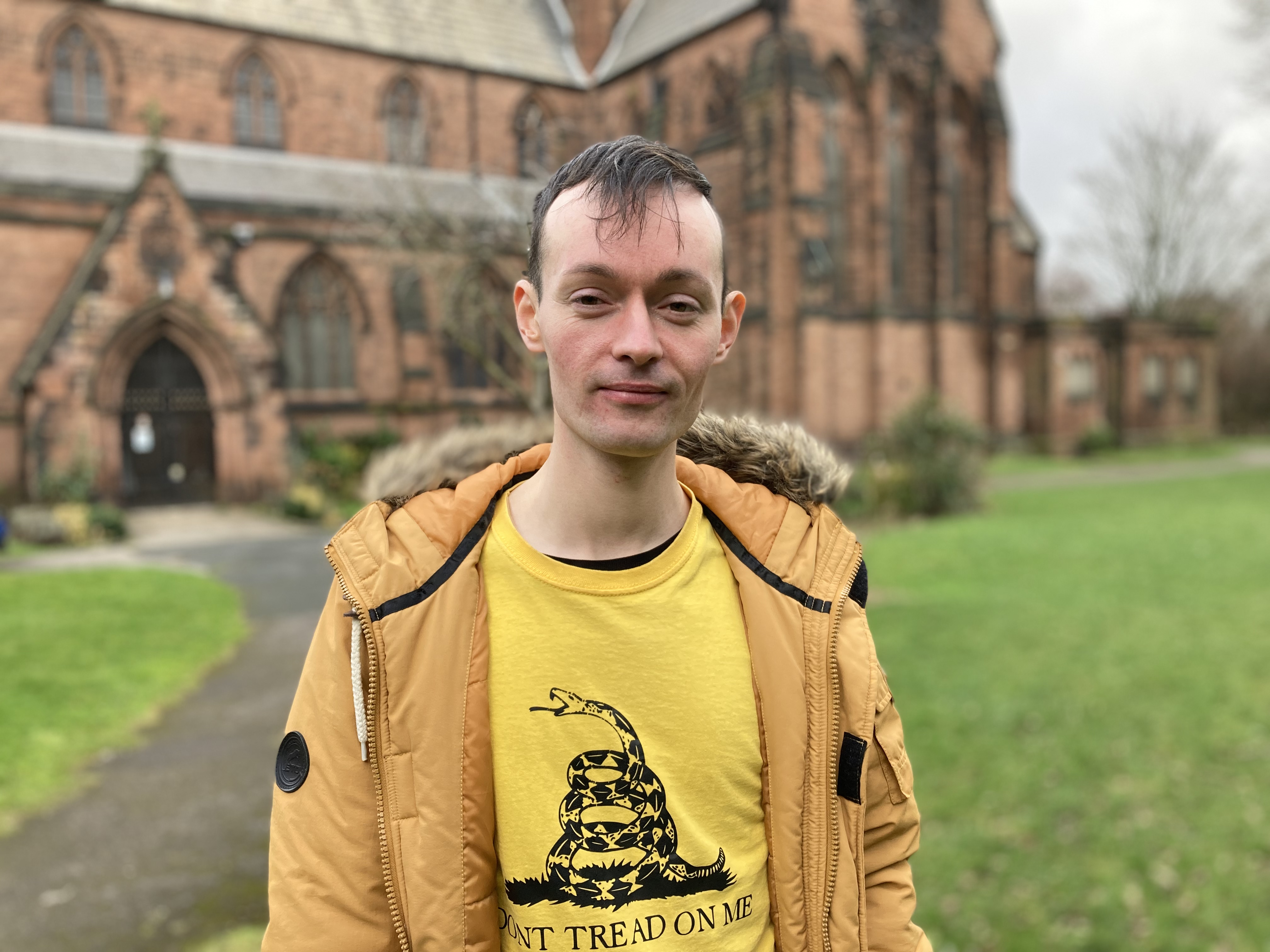
Loneliness was a huge theme in the piece. Post reader Lucy Ward wrote in to say:
This is a really humane and generous piece. People deal with so much that’s hard and they long for communities that support them. In this case it doesn’t seem to be really about vaccination at all — it’s about a need for connection and friendship.
During the pandemic, Lewis worked 12-hour shifts on a night-time security job. John Hannen added that working unsociable and long hours can be extremely isolating. He said:
Really interesting and thoughtful piece. Clear that loneliness and boredom drove conspiratorial thinking in this case but that loneliness was itself caused by a really bad job.
It’s rare for someone who strongly believes in conspiracy theories to step away from them — but when it emerged that members of Merseyside Resistance were spouting antisemitic beliefs, Lewis didn’t want to be associated with them anymore. He reached out to Michael Marshall, co-founder of Merseyside Skeptics Society, who debunks fake science and challenges conspiratorial thinkers on his podcast, Be Reasonable.
On an antiv*x organiser whose views changed (interestingly, not to furious reaction in the opposite direction, as is more often the case, but – so far – to hesitancy). These narratives are as rare as hen's teeth and well worth looking at when they arise.
— James Sumner (@JamesBSumner) 8:17 AM ∙ Feb 7, 2022
It was ultimately this reasonable and kind approach which swayed Lewis’s beliefs. Post reader M L Clark said:
A wonderful essay of de-radicalizing extreme beliefs. Here, an individual saw alarming trends in the conspiracy group he’d cultivated, & reached across the aisle — amazing! But the person who answered also had the courage to be kind, while rebuilding curiosity in lieu of paranoia.
And here’s Lewis himself, who wrote in today:
While most of the people are motivated by good intentions; it is also sadly true that a small minority who sadly seem to be getting more influential lately have bad intentions, or far right agendas to push. I just hope this warning is heeded by people in the movement and they can be mindful of this hazardous potential and seek a more moderate trajectory for their activism to travel down.
The catalyst to me changing my mind on some of these issues did not stem from people hurling abuse and vitriol my way (and through all the activism I did, I endured a fair bit of it). No, I changed my mind because of compassionate and understanding people like Michael Marshall and good doctors who parleyed with me in such a kind manner; regardless of their disagreements with my stance at the time.
Thank you Harry, for writing up this article and giving me your time.
Harry is editor of Scout, a newsletter about the British far right, and the new ways hate groups are organising and recruiting. We highly recommend signing up for its free email list.
Local news in brief
- Plans to build a £50m cruise terminal with capacity to handle the world’s biggest vessels are crucial to the economic prosperity of the city region, says Chris Shirling-Rooke, the chief executive of Mersey Maritime. The plans would see a 100,000 sq ft terminal building plus a 200-bed hotel built on the Docks. A council meeting in August 2021 announced it would be two years before designs and a location would be decided on. Shirling-Rooke said: “If we let the airport decline and don’t build a new cruise terminal the planes and ships won’t disappear, they will just go somewhere else.” Read more.
- There was a fire at the 19th-century Grade II listed Thornton Manor in the Wirral on Saturday night. Wedding guests and staff were evacuated and firefighters were called to the scene, who described the incident as “challenging”, and guests recall seeing flames through the upstairs window. Read more.
- There’s some interesting analysis about Birkenhead’s new office developments in Place North West, who write about property and regeneration. It says there’s currently a supply hiatus on Merseyside which provides a window of opportunity for other boroughs to develop. Read more.
- Southport Offshore Rescue were called out to rescue a woman walking into the sea on Thursday evening. She was found 500m from the pier heading seaward. After several minutes of negotiations, they brought her back to shore, where she was assisted by police and ambulance services. Read more.
- The Covid-19 case rate for the Liverpool City Region is 668.8, down 19.1% from the previous week. England’s case rate is 908.4, down 17.4%. Cases are highest in Halton, around 800, and lowest in Knowsley, about 600.
Home of the week

This pretty three-bedroom mid-terrace in the Dingle has two reception rooms and is a short walk from the waterfront. It’s on the market for £120,000.
‘Anything can become possible for St Helens’
Dream is a statue in the former mining colliery in St Helens. It was created in 2010 and came together through a collaboration between a French artist and a group of former miners to give St Helens a lasting piece of cultural heritage and a tribute to its mining history. It was recently given the Pride of Merseyside award. We met one of the creators, Gary Conley, to ask about the project.
Tell us about yourself, where are you from? I grew up in Haydock in a deeply embedded mining family, went to the local schools and left with zero qualifications. I went working at Sutton Manor Colliery following in my grandfather’s and great grandfather’s footsteps who also worked there and worked from the coal face to the surface where I ended up in training management. I got made redundant in 1991 and joined the council mainly in the arts service. I remain with the council but part time now doing track and trace.
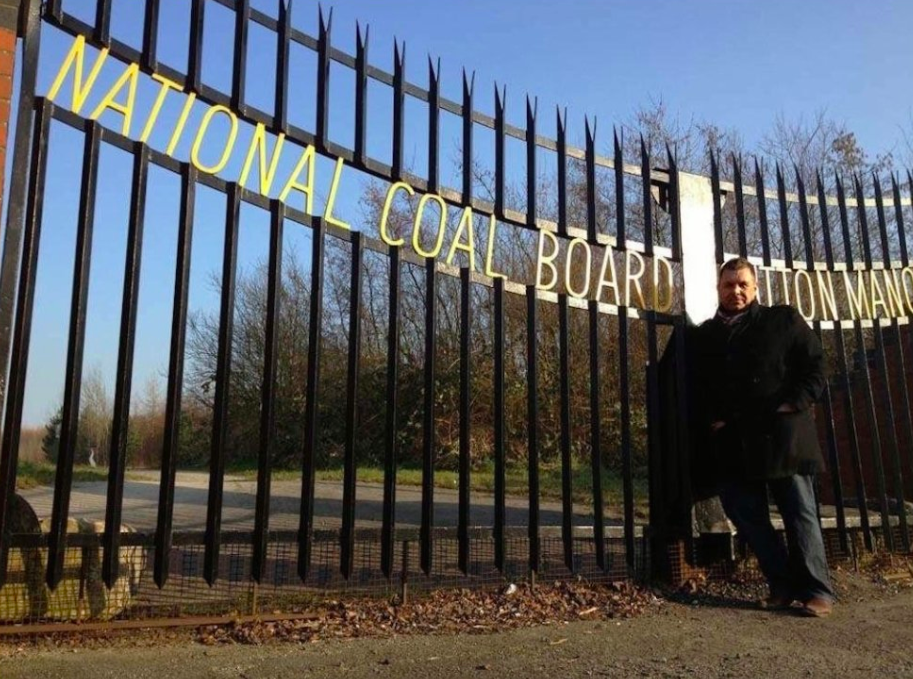
What is Dream? Dream is a collaboration between the artist Jaume Plensa and a group of former miners working together to create a piece of public art for future generations and to give St Helens a unique landmark. The sculpture is dedicated to the mining industry in St Helens. Dream sits on top of the old coal tip at the former Sutton Manor Colliery, off the M62 motorway. Her eyes are closed in a dream like state thinking and dreaming of her future where anything can become possible for the girl and for St Helens.
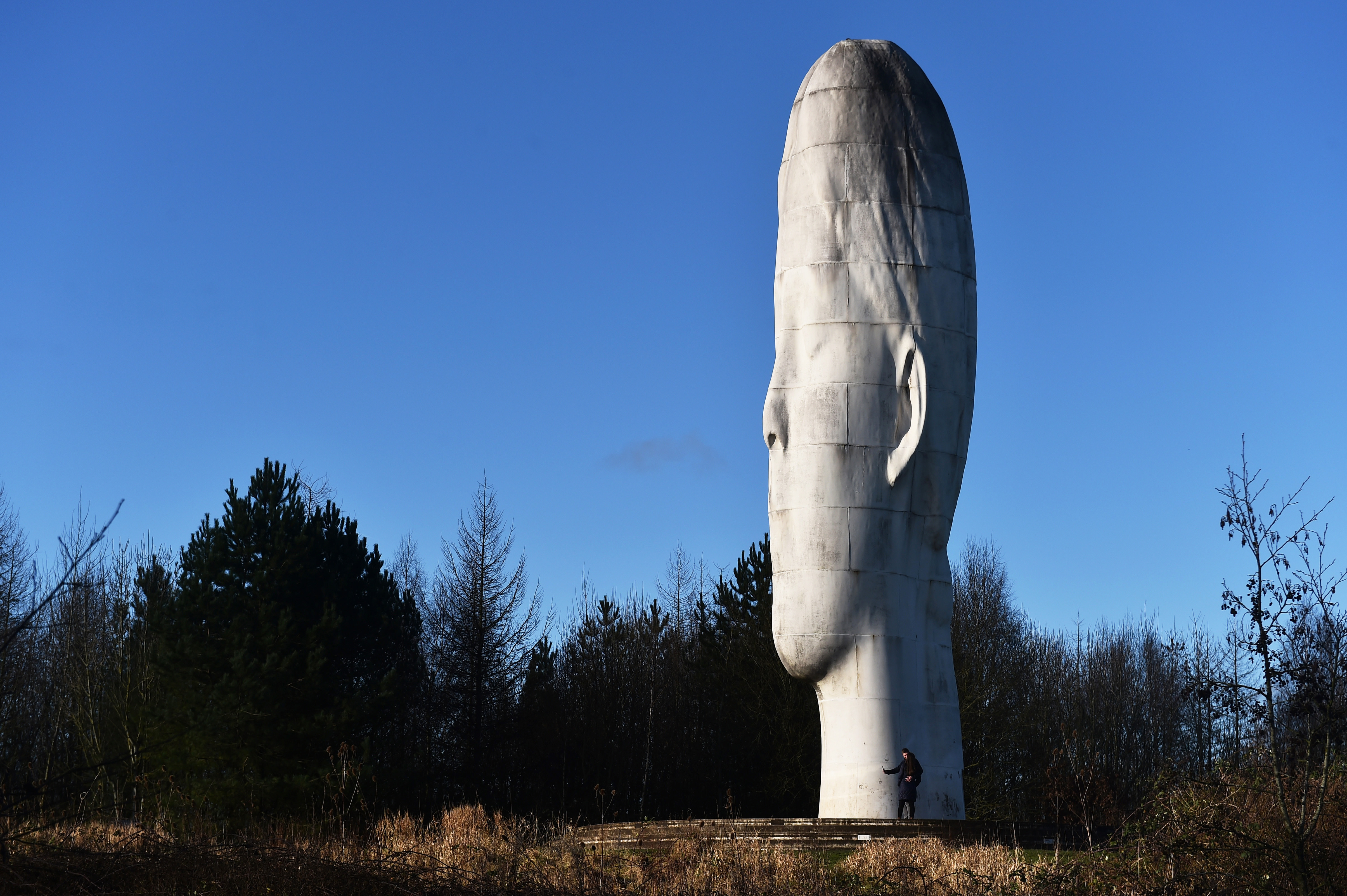
How would you describe your art style? My favourite art style is Art Deco but my favourite saying about art has always been “look beyond what you see”.
How do you feel about winning the Pride of Merseyside award? It’s nothing major really. It will go nicely with my Ambassador of St Helens award I won in 2010.
Post Picks
🎻 St Helens Sinfonietta are performing a rare orchestral concert at the United Reformed Church this Saturday evening, playing Bach, Beethoven and Brahms. Book here.
🪕 There’s a folk festival at the Atkinson in Southport this weekend. Expect homemade food, Celtic multi-instrumentalists, and songs imbued with inspiration from Northern landscapes. More here.
🌴 A lovely free exhibition among the plants in Sefton Park Palm House which profiles the work of talented textile artists to celebrate the venue’s 125th anniversary. More here.
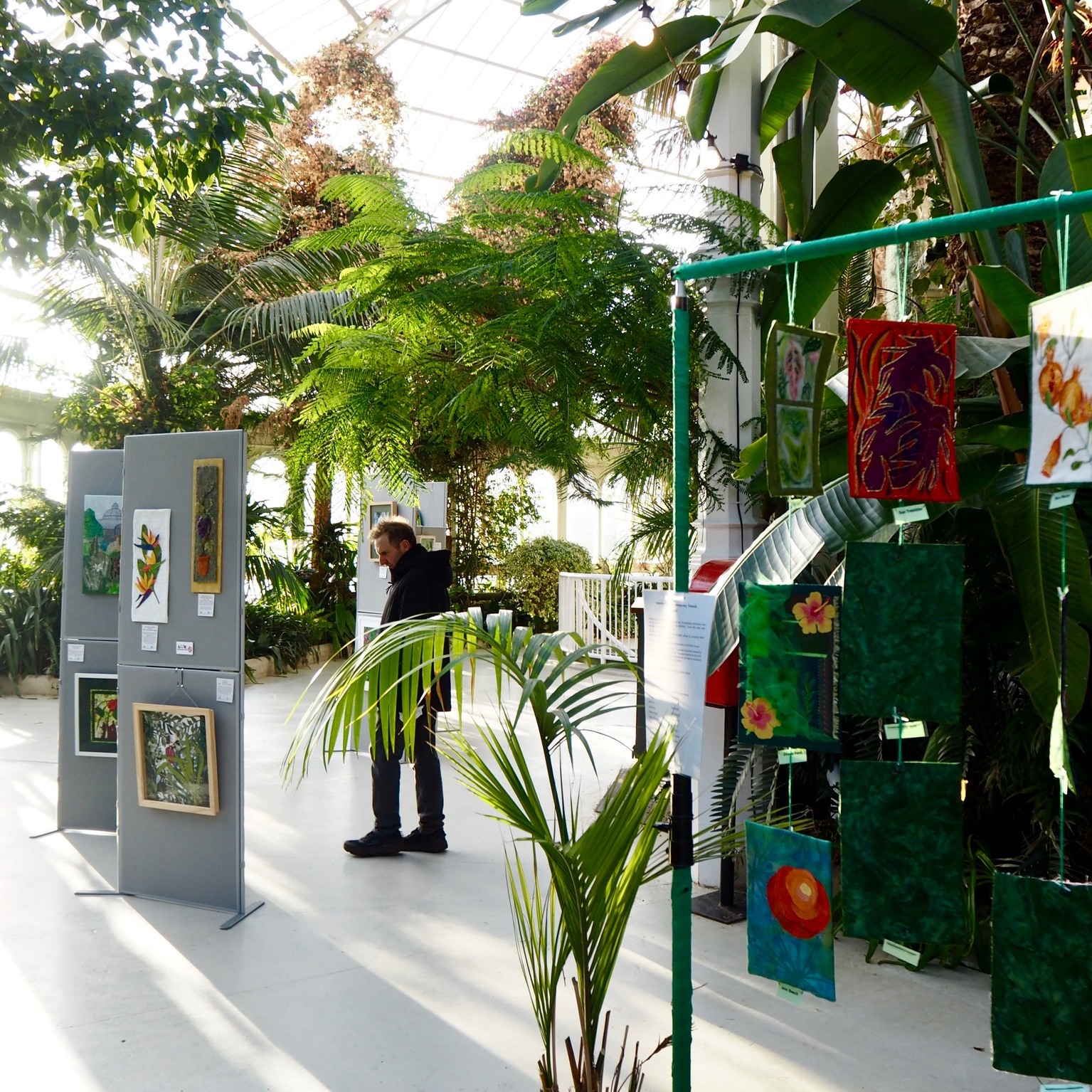
🌎 You can see Gaia, a glowing replica of the earth using detailed NASA imagery, at St Chad’s Church in Knowsley this week. The artwork is there as part of celebrations for Knowsley’s selection as Liverpool City Region’s Borough of Culture 2022. Book here.
🏛 And we recommend the impactful photography and poetry exhibition by Savera Youth at the Liverpool Slavery Museum, which aims to highlight the impact of female genital mutilation (FGM). It’s on throughout February and contains sensitive material. More here.
Go deeper: ‘There’s always a chance abusers will rediscover their victims’: Read our interview with the “honour-based” abuse charity Savera UK. This story is members-only — hit the button below to read.
Our favourite reads
This great feature in the Telegraph talks about the successes of the “cancer hotline” — a special service set up to fast-track patients at St Helens and Knowsley NHS Trust, after they noticed a drop in cancer referrals during the pandemic. Further trials of the scheme are now being piloted across England. “Philip picked up the phone and found himself talking to a specialist cancer nurse. The next day he had a call from the dermatological team at St Helens Hospital, Merseyside, and one week later he had an appointment for a biopsy. In all, the timeline from the initial phone call to the operation was four weeks.”
A historical feature in Big Issue North about Owney Madden, a New York gangster from Liverpool, which has a great detail about how his personal chauffeur, George Raft, became a celebrated gangster actor in Hollywood. “Mary tried to keep her children on the straight and narrow and for the first two years, they were the only family on their block that had not turned to crime to survive. But the harsh realities of life meant that was not going to last. By the age of 14, Owney was on the verge of a wild rampage of murder, ballot-rigging and robbery, which would take him right to the top of the most violent, unpredictable street gang in New York.”
We liked this BBC Future interview with Tukaram Rao, a labourer in a southern Indian village, and Laura-Oana Albulescu, who studies snake venom at the Liverpool School of Tropical Medicine. We learn that some people will kill snakes on sight to avoid being bitten by venomous snakes — which can be fatal, or treatment costs can render families destitute, and mean that girls will never marry or work. There’s hope as a new drug developed by LSTM has seen survival in animal models increase to 100%. Rao said: “Snakes are misunderstood creatures — there is no reason anyone has to die from them.”
Over in Manchester, The Mill published a must-read investigation about the city’s only Michelin star restaurant and its young founder. Reporter Jack Dulhanty writes: “Early on, the team at Mana realised that their boss got a kick out of humiliating them, often picking on one person at a time. ‘There was always an underdog who was getting abuse,’ says a chef who worked there for more than a year. ‘And that would spur everyone else on, in a sick kind of way. You were doing well, and they were taking shit.’” The restaurant strongly denies the claims.
Photo of the week
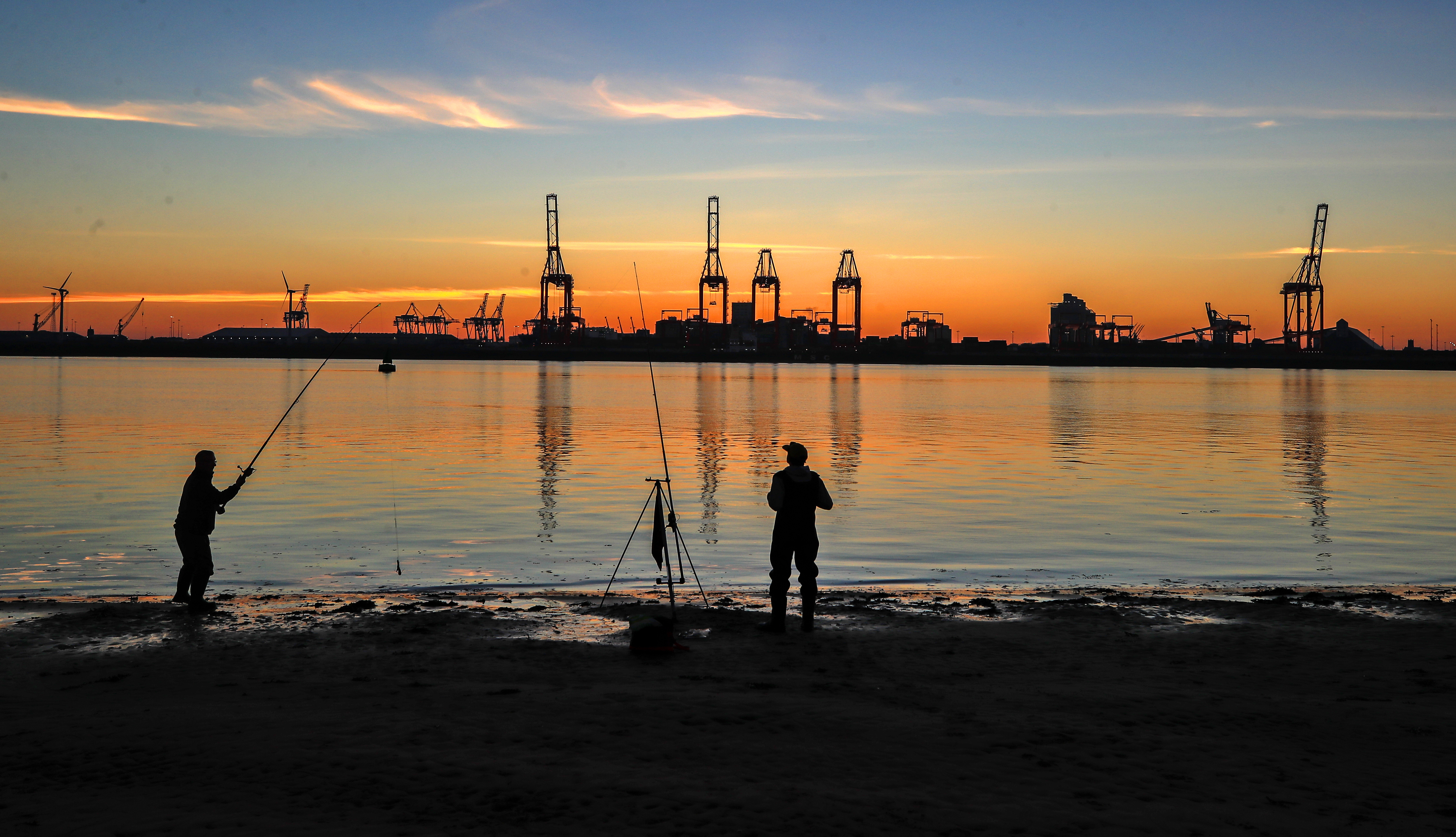
Anglers cast their line on New Brighton beach as the sun rises. Photo by Pete Byrne/PA Images via Getty Images.
Coming up on The Post: An investigation into the lost history of Wirral’s unwed mothers and babies home, a profile of the Liverpool Philharmonic’s new chief conductor Domingo Hindoyan, and an update on Sefton’s rotten politics. If you have any insight into any of these stories or want to pass us some information, hit reply to this newsletter or email mollie@livpost.co.uk.

Comments
Latest
For Bootle, The Strand is more than just a shopping destination
The council takes back Toxteth streets. But why were they given away in the first place?
The men who raised the flags
On the Wirral, public trust goes up in smoke
The loneliness of conspiratorial thinking
Reactions to our weekend read, plus the rest of the briefing